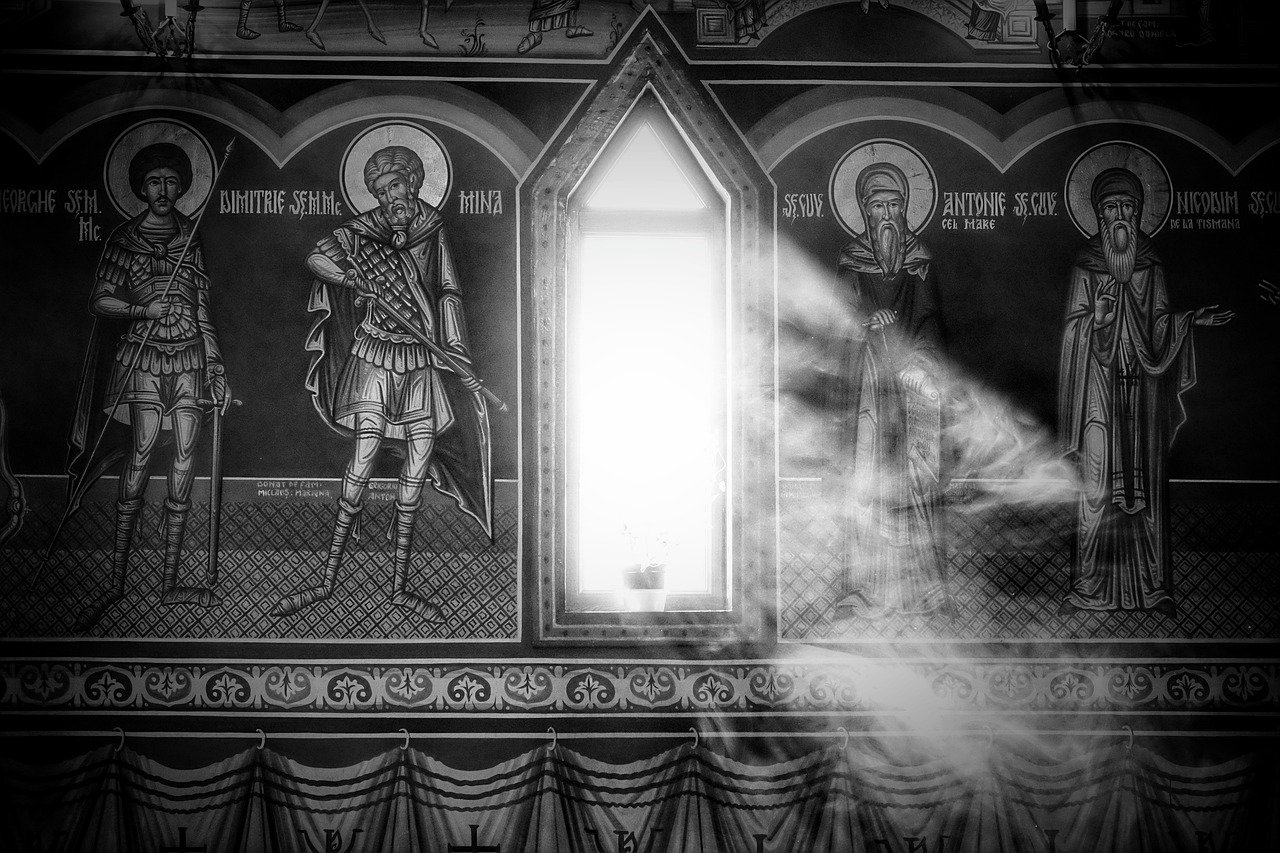The Paladin rushes over to their friend on the ground. With their feature Lay on Hands, they revive their friend and help the group hurry away from the trapped room towards the exit.
Let’s take a deep dive into this Paladin ability and see how Lay on Hands can benefit you and your party.
Table of Contents
When Does Lay on Hands Become Available?
Lay on Hands becomes available starting at level 1 for Paladins. If you are multiclassing, this feature becomes available once you’ve taken a single level in Paladin. It scales with your Paladin level, not your character level.
How Does It Work?
Essentially, this feature lets you heal creatures (including yourself) without using a spell. The idea is that Paladins are naturally imbued with some of their god’s divine blessing and can convey that blessing by healing themselves or allies. Considering that Paladins are half-casters and likely want to save their spell slots for powering Divine Smite during combat, being able to heal without spells is very handy.
The wording of the feature states that you can heal a creature for as many points as you have in your pool. The pool refers to a total number of hit points that equals 5 times your Paladin level. At 1st level, you have 5 hit points in your pool, and at 20th level, you’d have 100. However, you don’t need to spend all of your points at once. If you have 5 total hit points in your pool, you could choose to give 3 hit points to one ally and save the other 2 for yourself. You can decide how much or little you want to heal.
On the other hand, you can use this pool of hit points for something other than straight healing: getting rid of certain status conditions. If an ally is poisoned or infected with a disease, you can spend 5 hit points per poison or disease to cure them. The text specifies that if someone is afflicted by multiple poisons or diseases, you must spend the number of ailments you wish to cure multiplied by 5 hit points to cure all of them at once.
When Should You Use It?
The essential math of Dungeons & Dragons is surprisingly unsupportive of healing during combat. Generally, the amount of healing you can perform in a round will always be significantly smaller than the amount of damage enemies can deal. Therefore, you shouldn’t concentrate on trying to bring someone (either a friend or yourself) back to half or full health. Your goal is to keep everyone conscious.
When someone falls unconscious, they must make death saving throws and risk losing them. Even a single hit point brings someone back up to consciousness. It takes an action to Lay on Hands, so you’re sacrificing your attack(s), but it’s worth it if you bring someone back to consciousness and save the rest of your hit point pool for other allies.
Are There Any Limitations?
A typical party won’t contain any members who are undead or constructs, but the increasing popularity of Van Richten’s Guide to Ravenloft’s Lineages and Warforged characters means that the possibility is there. Rules as written state that Lay on Hands doesn’t affect undead or constructs. However, DMs are free to homebrew this in order to make things fairer for the party.
In Summary
Lay on Hands is a strong ability for Paladins and scales nicely with increased levels. It’s best to keep the pool of hit points as a last resort for allies who lose consciousness on the battlefield since you can’t take an action when you use this feature.


